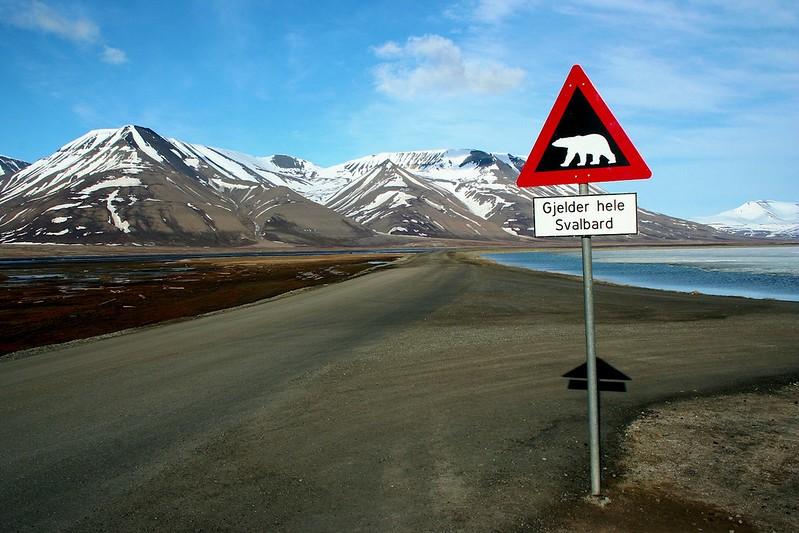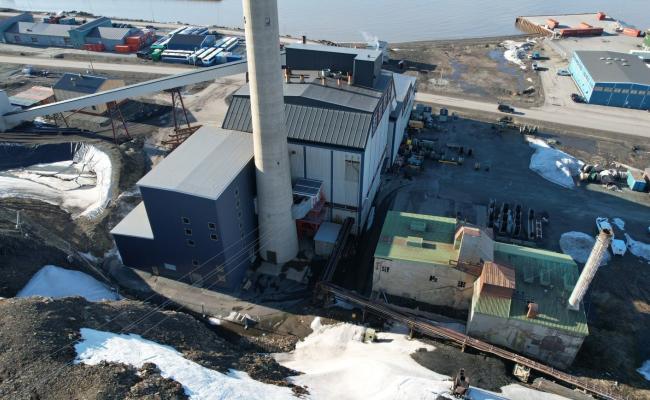Op-ed: Svalbard as a Wilderness - Svalbard as a Tourist Destination: Will the Two Ever Meet?

Tourism operators on Svalbard need to balance multiple policy demands and regulations, driven by local, national and international concerns. (Photo: Mike Goad)
Svalbard is an interesting place – not just because of its unique high Arctic natural environment, but because Norwegian sovereignty is anchored in the Svalbard Treaty with 44 signatories. This means that anyone from the Treaty countries can live and work on Svalbard as long as they are able to support themselves financially, and as long as they comply with the Norwegian Svalbard Act (1920) and the Svalbard Environmental Protection Act (2001).
The Environmental Policy Act stipulates environmental concerns shall trump economic interests in case of conflict, while the Svalbard Act prescribes that large areas will remain unchanged for the purposes of research and monitoring.
With the facing out of coal, Svalbard tourism has become one of the economic pillars for the Svalbard economy, an ambition filled with challenges and opportunities. Svalbard is a micro-cosmos of global challenges where climate adaptation and mitigation go hand in hand with demands for sustainability through the UN 17 Sustainable Development Goals.
Tourism operators on Svalbard need to balance multiple policy demands and regulations, driven by local, national and international concerns. Some of these conflict with each other. For example, it is a national policy to develop tourism in Svalbard, but the economic opportunities for the tourism industry are also constrained by conservation concerns which require balancing how to ensure the tourist’s unique experiences in a fragile environment with protecting the archipelago from multiple pressures.
Svalbard is in many ways a unique case due to the institutional structure created by the Svalbard Treaty.
The wilderness that attracts tourists to Svalbard and thereby provide the basis for an industry is also what the increasingly strict regulations set out to protect. The dilemma is not unique to Svalbard, but Svalbard is in many ways a unique case due to the institutional structure created by the Svalbard Treaty.
In our Balancing Act project, a team of researchers are studying this dilemma together with AECO and Visit Svalbard, two major tourism operators in Svalbard. It is key for us to understand the action space for tourism operators to develop and innovate new and sustainable tourism products.
In this project our mode of work is to create a new knowledge base together, bridging the skills, knowledge and interests between researchers and practitioners. This is applied and user-driven research where a main objective is to contribute to sustainable tourism development in Svalbard. To do so we strive to fulfill several goals.
We examine how environmental, socio-economic, and political processes interact and whether this helps or constrains tourism development. We interview and discuss with tourism operators, other parts of the business community and the public sector to get a better idea of how the various stakeholder groups experience the effects of climate change as well as political decisions and management strategies.
We also examine attitudes towards tourism and what it means to live in Svalbard among residents in Longyearbyen, and we will bring all these groups together in public meetings and scenario workshops to discuss the findings, and how these can be used constructively in shaping the future of tourism in Svalbard.




